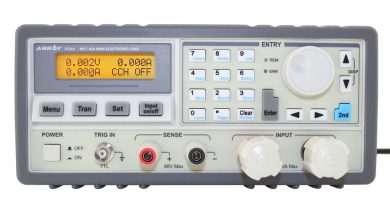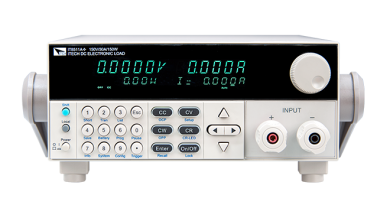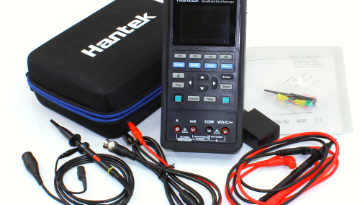Soldering Iron Troubleshooting
(Note: Never attempt to service your soldering iron unless it is unplugged and completely cool.)
If you’re having issues with your soldering station or soldering iron, you may need a replacement heating element. These heating elements are made of resistance wire that is snugly wound around a metal spool. When the heating element fails, the soldering iron can no longer produce heat.
If, however, the soldering iron is still generating some heat, the issue is probably the soldering iron tip. When the tip isn’t properly maintained — which is to say kept clean and regularly tinned — oxides will begin to accumulate on the shank’s surface. These contaminants must be removed or they will inevitably hinder transfer of heat from the heating element to the tip of the soldering iron.
Once your soldering iron has cooled, remove the tip and gently abrade the shank’s surface as well as the inner wall of the heating element. Ensure that the tip is well seated on the soldering iron, so that the transfer of heat is as efficient as possible; this will also help prevent premature heating element failure. If for whatever reason you’ve failed to maintain the soldering iron tip, you should consider buying a replacement tip.
The majority of soldering irons run on electricity and, if the circuit is broken, the electricity will no longer work. If your soldering iron isn’t producing any heat, it is likely because of a break in the electrical circuit, resulting from either a faulty connection in the iron or heating element failure.
The proper course of action in this case is to check the electrical connections as you disassemble the soldering iron; these connections can come loose over time. Then perform a continuity test of the heating element to test whether the element is still functional.
If all electrical connections were good but you registered no continuity, your heating element will need to be replaced. If the electrical connections were good and the heating element registered continuity, your soldering iron may have a short and will likely need repairs. If the heating element registered continuity and you noticed a loose or faulty connection during disassembly, secure the electrical and physical connections while reassembling your soldering iron and it should operate properly henceforth.


